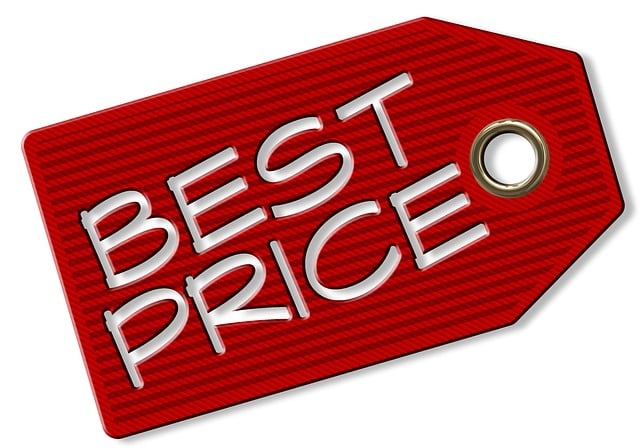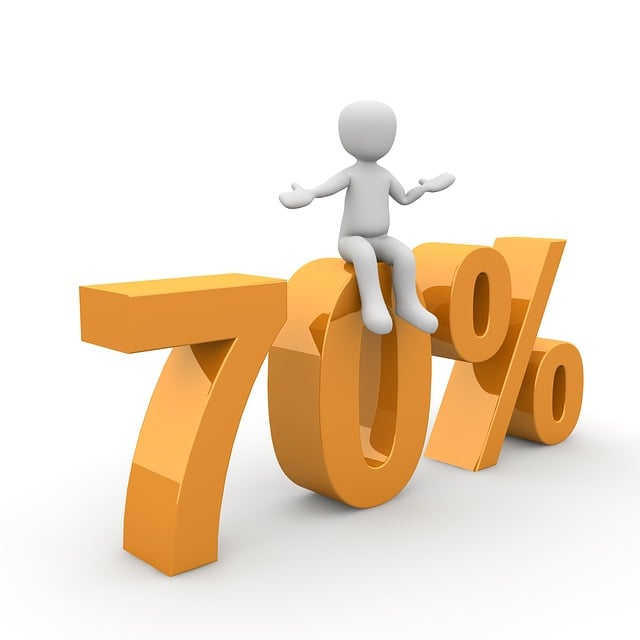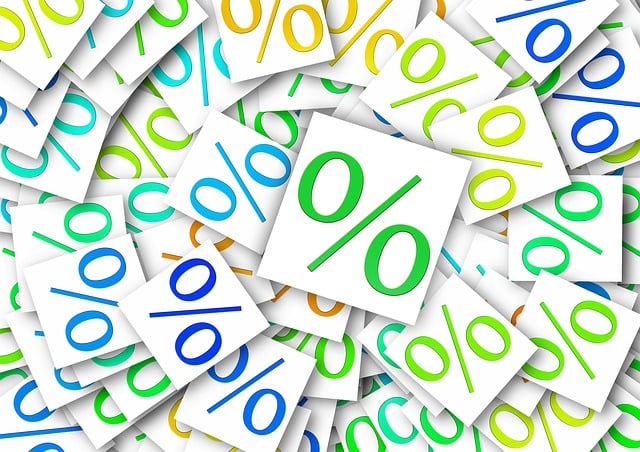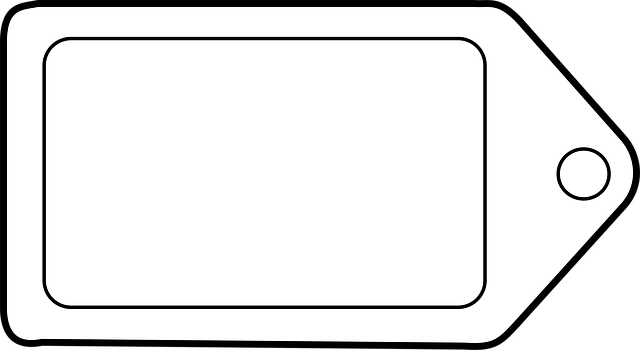Customer loyalty programs strategically reward repeat purchases, enabling businesses to analyze customer behavior and market price sensitivity. This knowledge informs effective product positioning and pricing strategies through data-driven segmentation. Tailored price points cater to diverse customer preferences, from premium for loyal customers to competitive rates for new buyers. Loyalty programming significantly shapes pricing by fostering relationships, encouraging repeat business, and influencing consumer perceptions, while avoiding price discrimination through fair program design.
Loyalty programs have become a powerful tool in retail, fostering customer engagement and retention. This article explores how these programs significantly influence pricing strategies. We’ll delve into the impact of loyalty data on setting prices, incentivizing customers, and dynamic pricing adjustments. By understanding these dynamics, businesses can optimize profitability while enhancing customer satisfaction. Learn about the long-term effects and uncover the loopholes that can benefit both brands and shoppers alike in today’s competitive market.
- Understanding Customer Loyalty Programs
- Impact on Pricing Strategies: An Overview
- Incentivizing Customers: Loopholes and Benefits
- Dynamic Pricing: Adjusting to Loyalty Data
- Long-term Effects on Business Profitability
Understanding Customer Loyalty Programs

Customer loyalty programs are designed to foster long-term relationships with buyers by offering rewards and incentives for repeat purchases. These programs go beyond simple discounts, incorporating various strategies such as points systems, exclusive access, and personalized offers. By understanding customer behavior within these frameworks, businesses can gain insights into the price sensitivity of their target market. For instance, loyal customers might be more receptive to variable costing methods, where prices fluctuate based on demand or production costs, due to their established relationship with the brand.
Product positioning through pricing is another crucial aspect influenced by loyalty programs. Businesses can leverage customer data from these initiatives to adjust product offerings and pricing strategies. By segmenting clients based on their purchase history and preferences, companies can tailor price points to different customer profiles. For example, a retailer might offer premium pricing for a loyal customer base that values exclusivity, while also providing competitive analysis for pricing anytime to attract new buyers with more price-sensitive tendencies.
Impact on Pricing Strategies: An Overview

Loyalty programming, through its ability to foster strong customer relationships and encourage repeat business, significantly influences pricing strategies. By understanding the value and loyalty of their customers, businesses can tailor their prices accordingly. For instance, offering exclusive discounts or promotions to loyal customers can enhance price competitiveness while maintaining profitability. This strategy leverages the price-performance tradeoff in investments, where providing special deals to a dedicated customer base may offset lower retail prices.
Moreover, wholesale pricing dynamics are also affected by loyalty programming. Businesses can set more flexible and strategic wholesale rates, knowing that their most loyal customers will continue to drive sales even with adjusted prices. This approach aligns with the concept of finding us at the intersection of psychology behind consumer pricing, where recognizing customer loyalty allows for a nuanced understanding of what constitutes a fair and profitable price point.
Incentivizing Customers: Loopholes and Benefits

Loyalty programming is a powerful tool for retailers and brands to incentivize customers, fostering repeat business and strengthening brand loyalty. By offering rewards, discounts, or exclusive benefits, companies can subtly influence pricing strategies and customer behavior. One of the key aspects of this strategy is understanding how to motivate buyers without creating loopholes that may defeat the purpose.
Loyalty programs often provide members with special price advantages, such as early access to sales, birthday discounts, or personalized offers based on their purchase history. While these incentives drive customer engagement and retention, they also require careful consideration of price segmentation techniques. For instance, offering exclusive prices to loyal customers might lead to accusations of price discrimination: advantages and ethics if not structured fairly. Retailers must ensure that the benefits align with the value provided and don’t create an impression of arbitrary pricing based on membership status. Visiting us at our store allows customers to experience these programs firsthand, helping them understand how loyalty initiatives can shape their perception of a fair price for different products and services.
Dynamic Pricing: Adjusting to Loyalty Data

In today’s competitive markets, dynamic pricing strategies have become a powerful tool for businesses to optimize profits. One significant method is adjusting prices based on loyalty data and customer behavior, which offers a more nuanced approach to setting prices. By leveraging loyalty programs, companies can gain valuable insights into consumer preferences, purchase patterns, and price elasticity of demand. This real-time data allows for rapid adjustments to pricing, ensuring that the business stays competitive while maximizing revenue. For instance, during peak seasons or when introducing new products, dynamic pricing can quickly respond to changes in customer behavior, enabling businesses to implement variable costing methods more effectively.
A well-designed loyalty program can provide a 360-degree view of individual customers, allowing for personalized price offers and promotions. This strategy not only enhances customer satisfaction but also encourages repeat purchases. Moreover, dynamic pricing with loyalty data enables businesses to explore price discrimination: advantages such as increased revenue and improved customer retention can be achieved while being mindful of ethical considerations. To ensure optimal results, it’s crucial to understand the price sensitivity of different customer segments. Give us a call at budgeting and pricing in projects to learn more about how these strategies can work for your business.
Long-term Effects on Business Profitability

Loyalty programming can significantly shape a business’s long-term profitability by influencing pricing strategies. Over time, understanding customer behavior through loyalty programs allows companies to optimize their price points. By segmenting customers based on their purchasing patterns and preferences, businesses can employ tailored pricing strategies, such as personalized discounts or premium offerings, driving sales and enhancing customer retention. This approach leverages the price elasticity of demand, enabling companies to adjust prices effectively while maintaining profitability.
Moreover, loyal customers often possess negotiating skills for better prices due to their consistent patronage. Businesses that recognize this dynamic can strategically offer exclusive deals or early access to new products, further fostering loyalty. Ultimately, these practices contribute to finding the break-even point calculation more accurately, ensuring sustainable business growth and profitability.
Loyalty programming significantly shapes pricing strategies by providing businesses with valuable customer insights. By understanding purchasing behaviors, preferences, and patterns through loyalty data, companies can implement dynamic pricing models, offering tailored discounts and promotions that enhance customer experience while maximizing profitability. This strategic approach ensures a win-win scenario, fostering customer satisfaction and long-term business growth.
